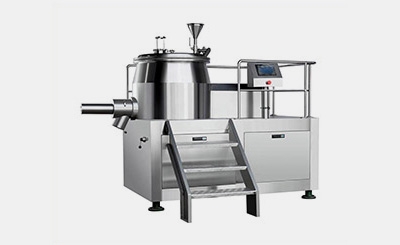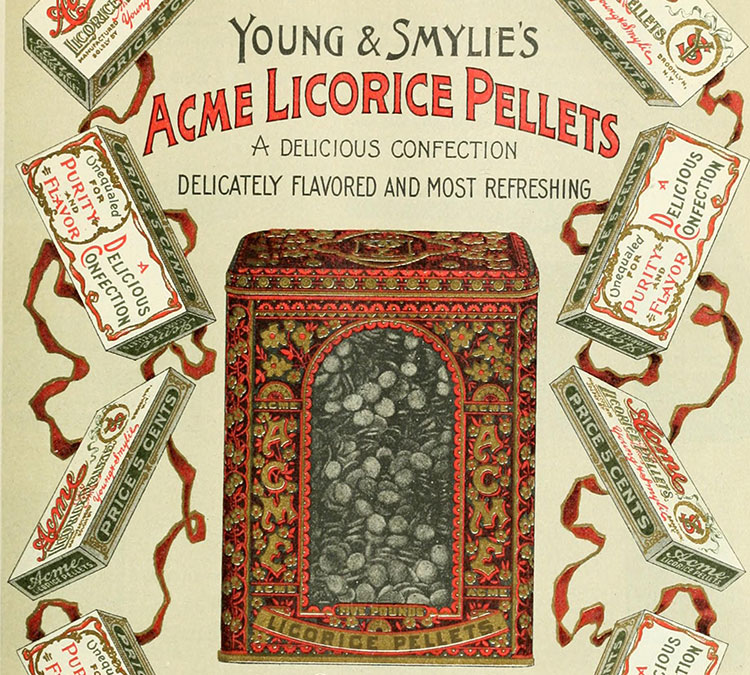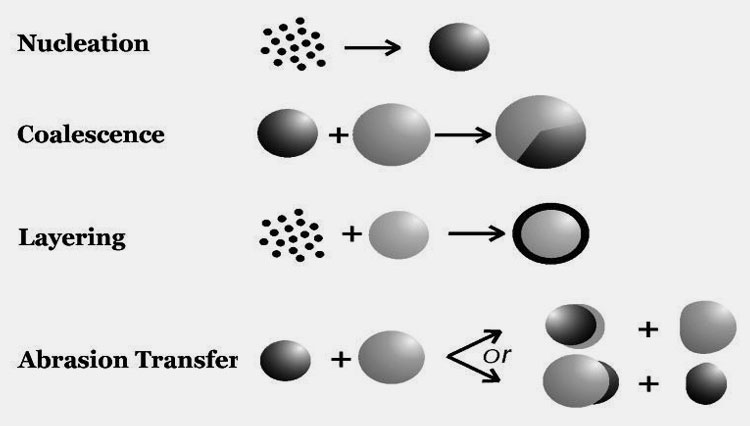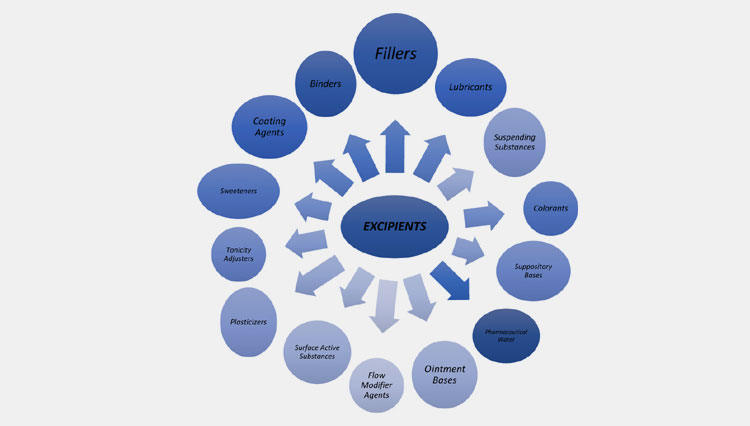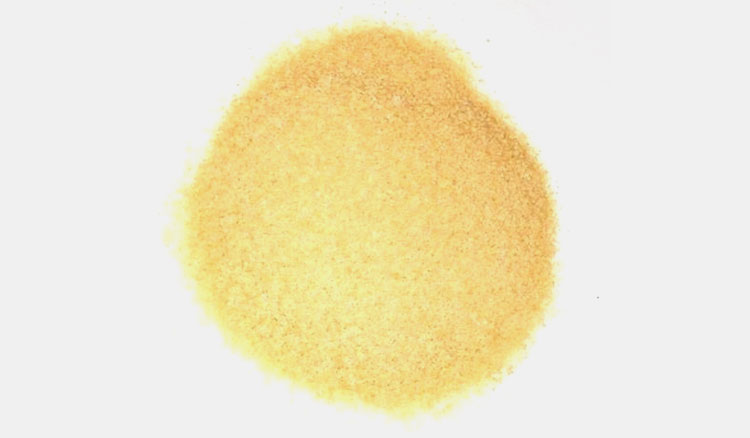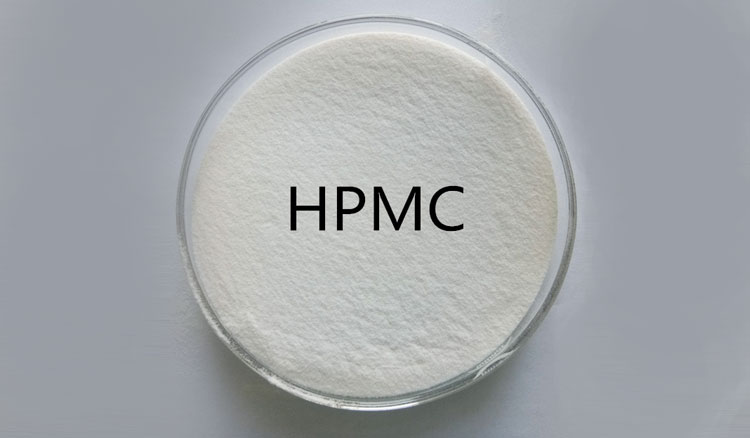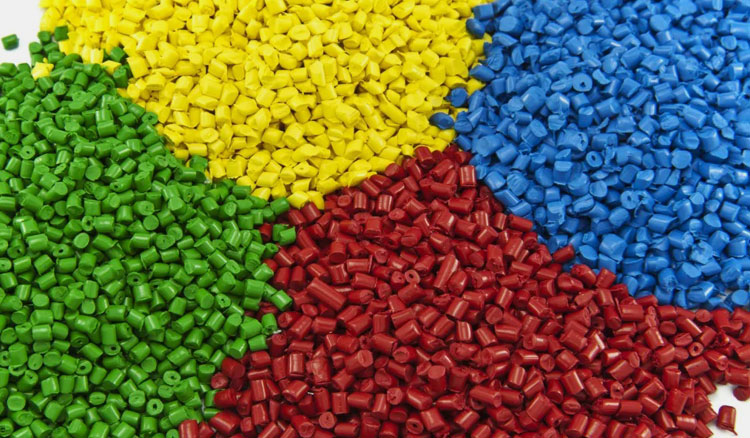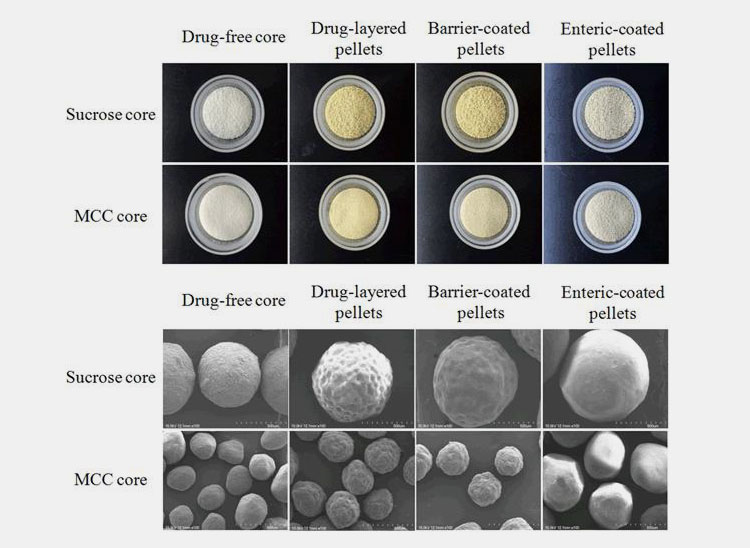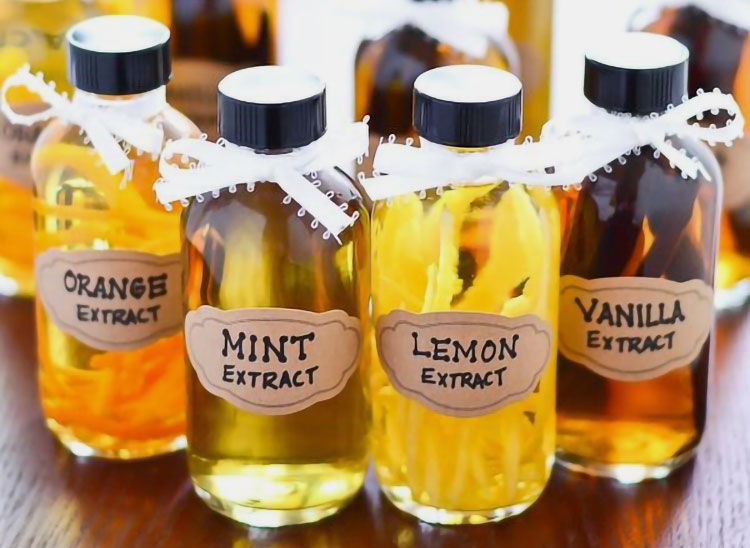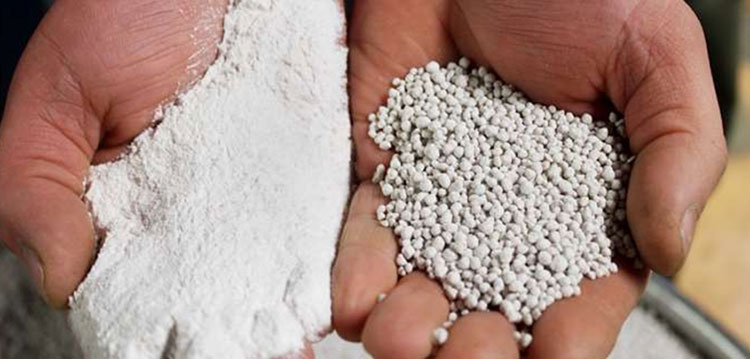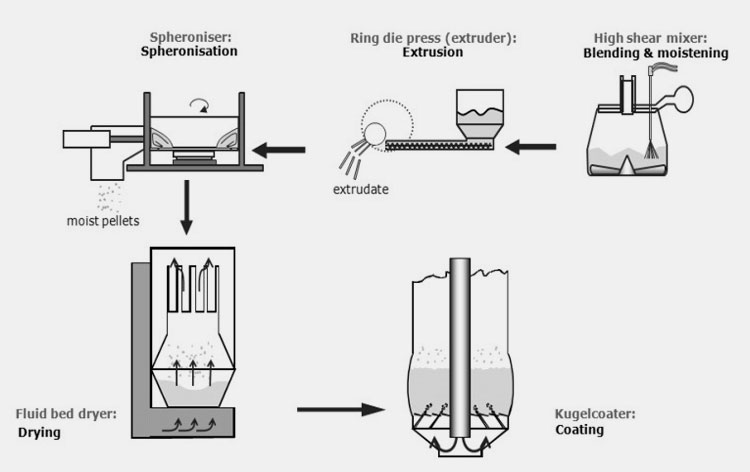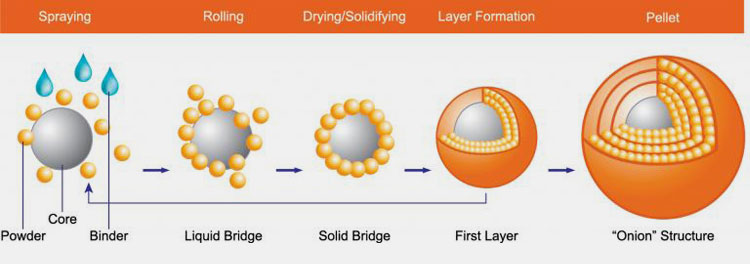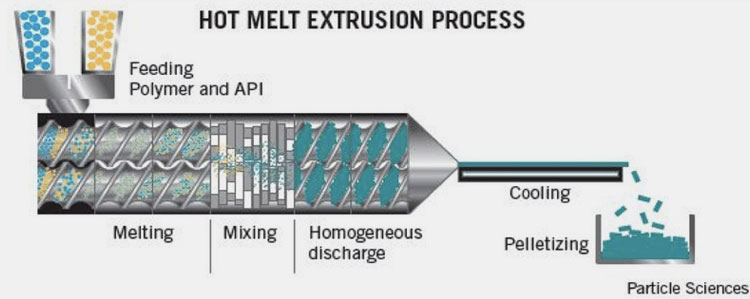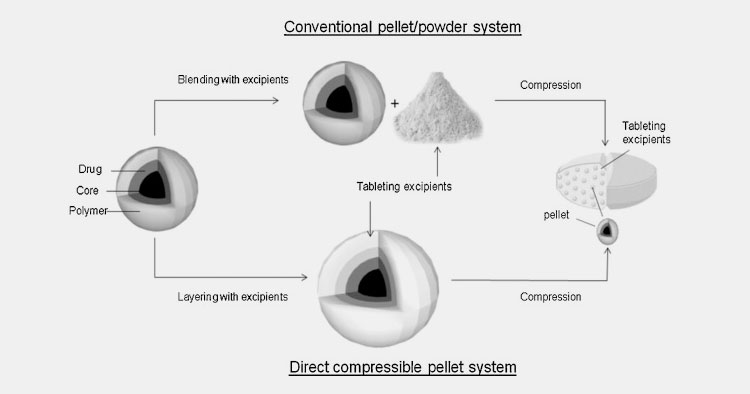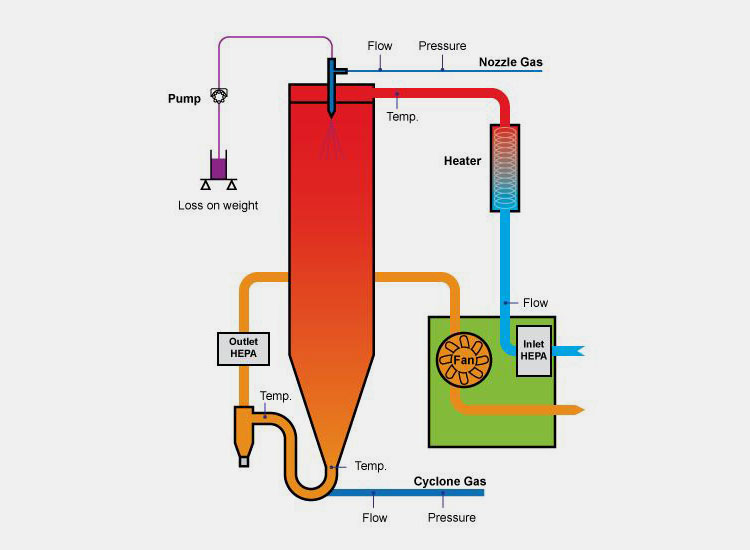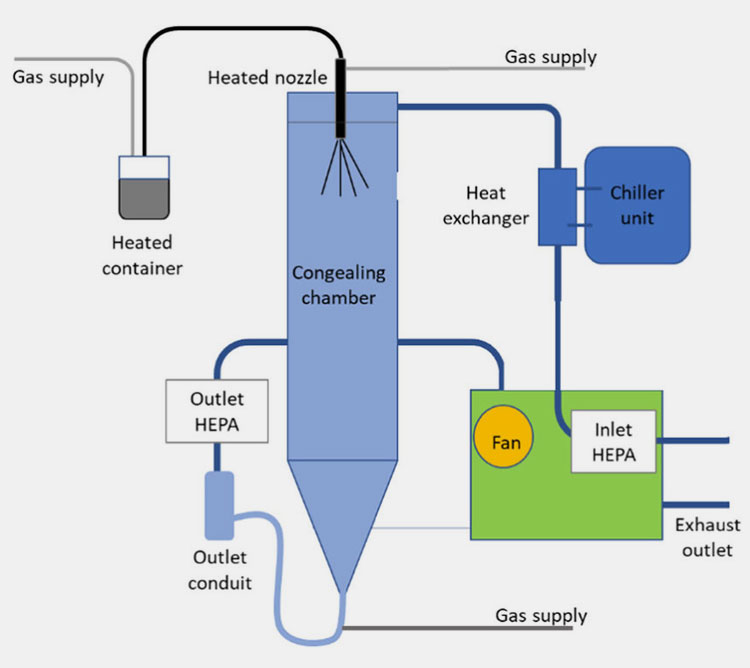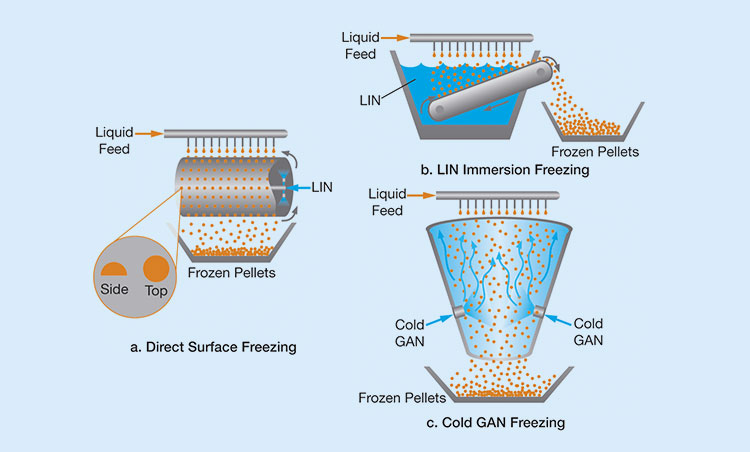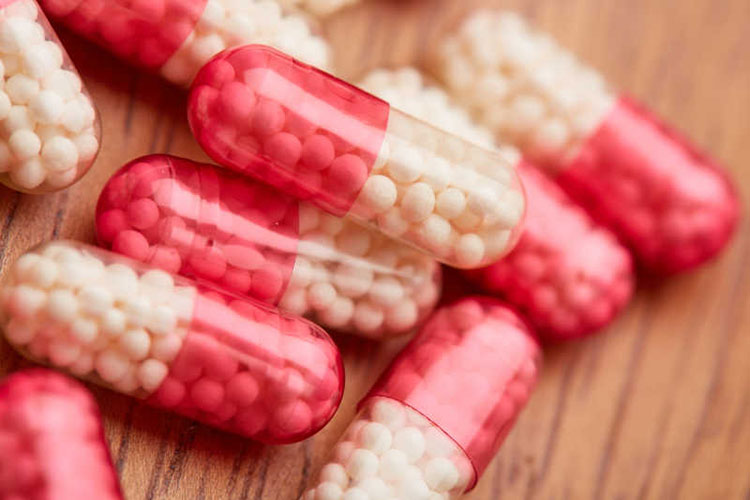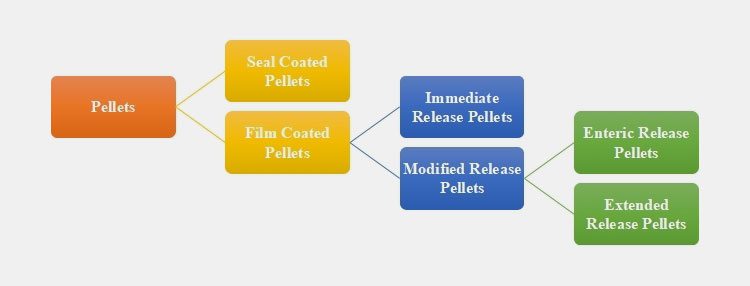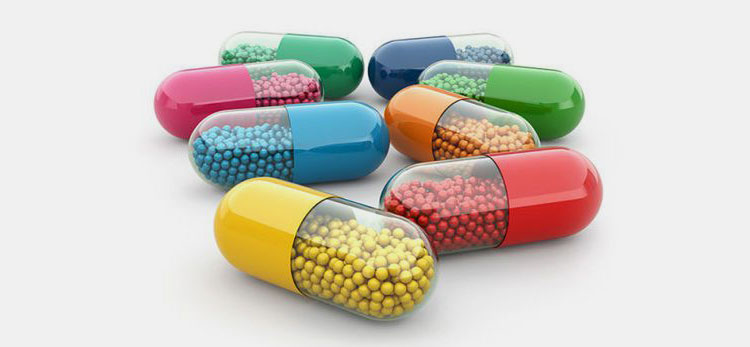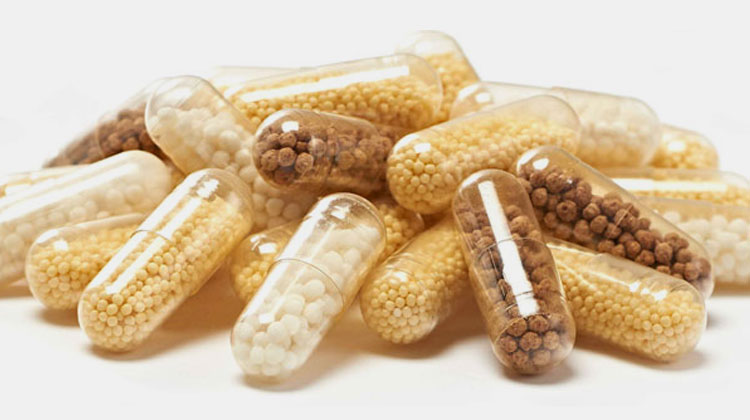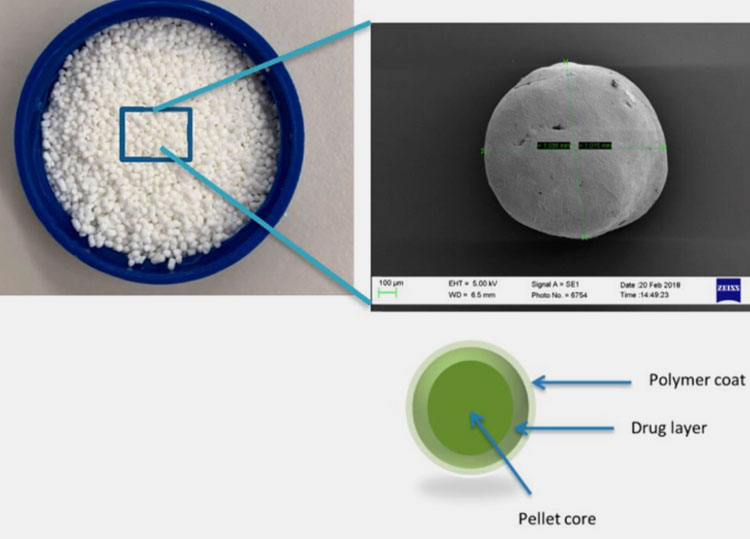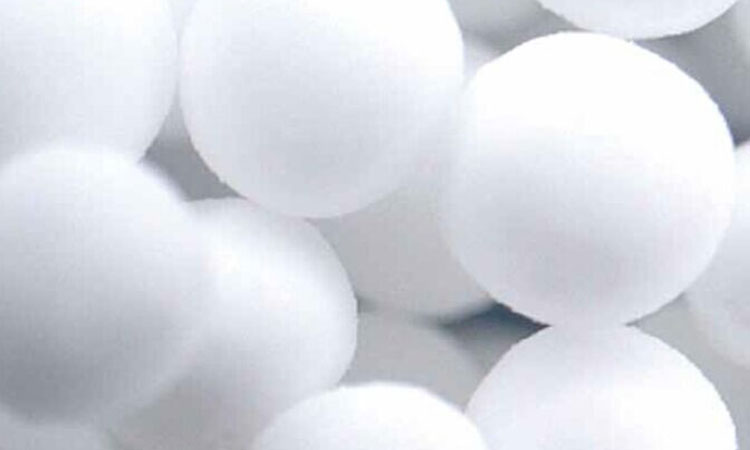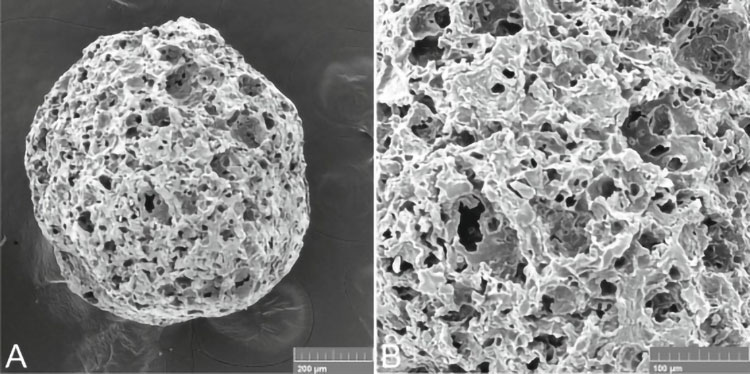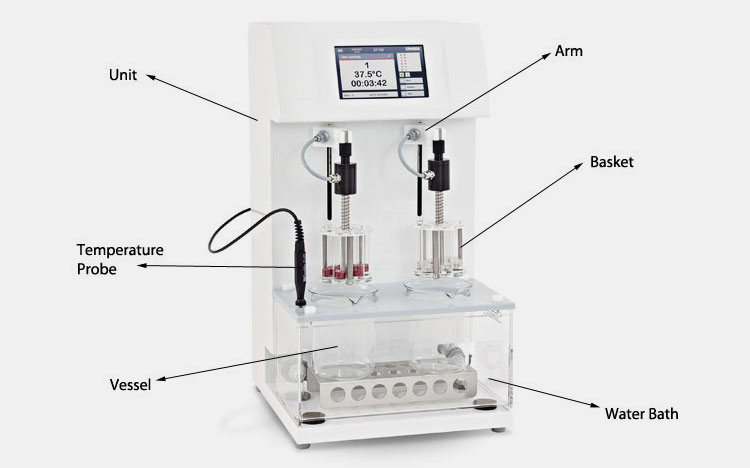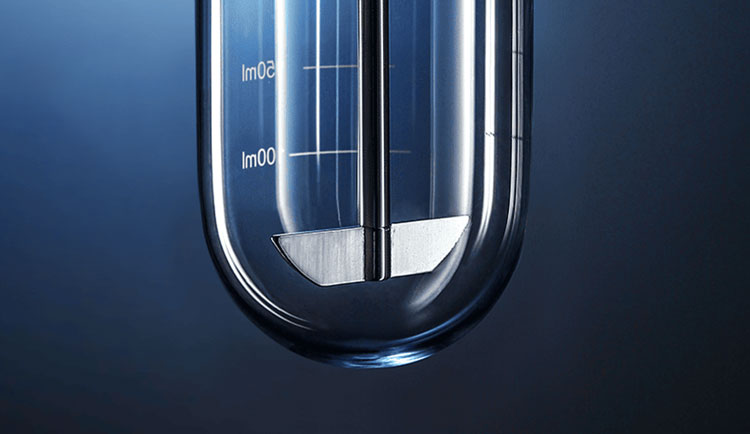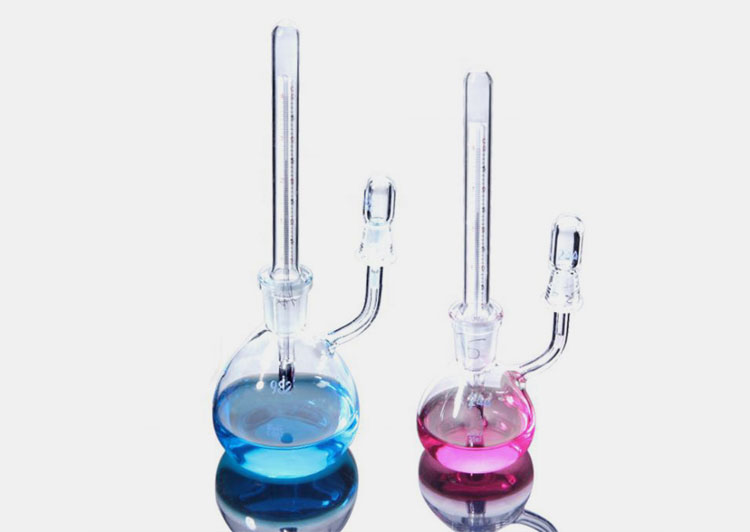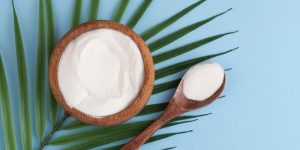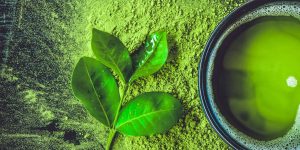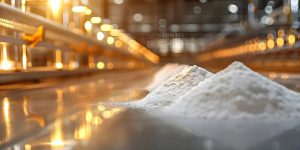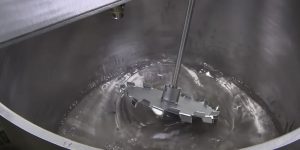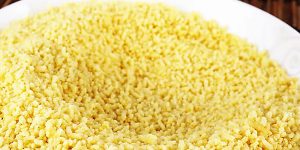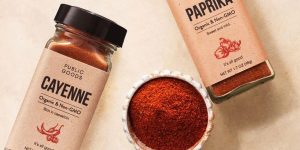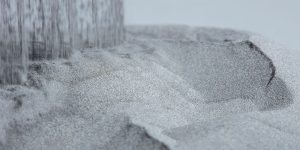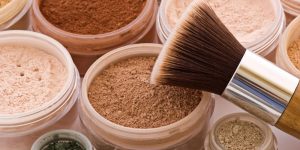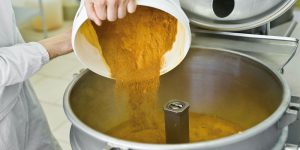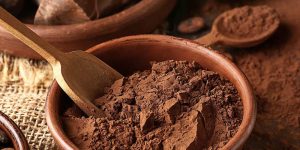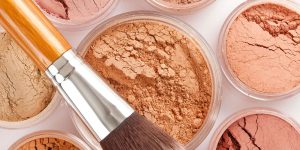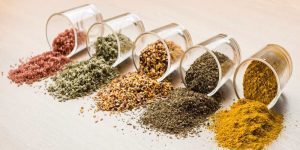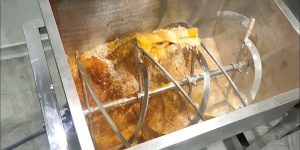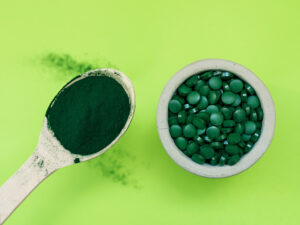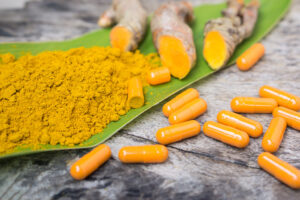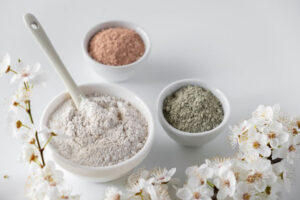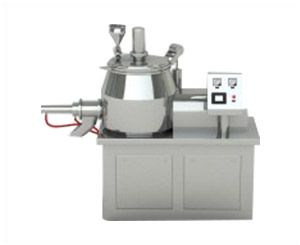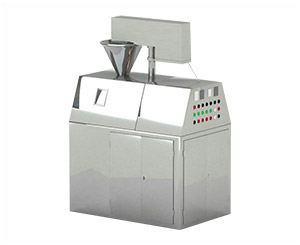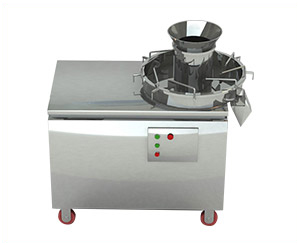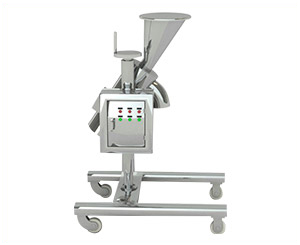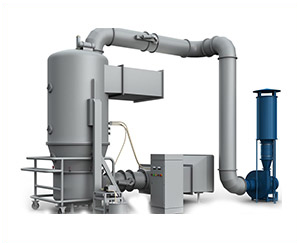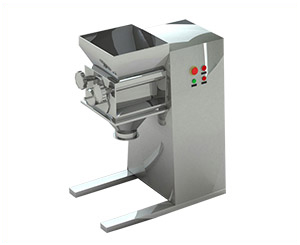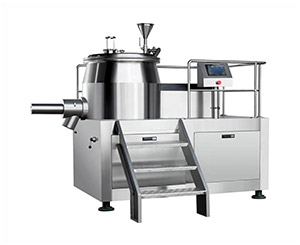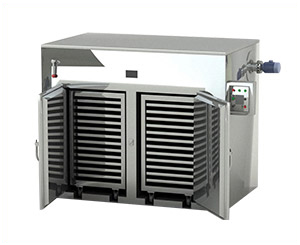The Science Behind Formulation Of Pharmaceutical Pellets
In the world of pharmaceutical dosage forms the term pellets are given to free-flowing, small agglomerates intended for controlled and sustained release of drugs. Pellets have various advantages over conventional dosage forms such as accurate dosing, modified release and multiparticulate delivery systems.
How pellets are formulated, the excipient required for pellets formulation and many other pellet related questions are answered in this informative blogThe Science Behind Formulation Of Pharmaceutical Pellets. Without further ado let’s get started.
1.What are pellets?
“Pellets” is a term used by many industries that are involved in manufacturing of a wide range of products including fertilizers, feed, pharmaceutical dosage forms, ores etc. to describe agglomerates obtained from different raw materials and manufacturing processes. This means that no two pellets are same i.e. not only these differ in sizes and shapes but also in composition.

Likewise, in pharmaceutical industries a semi-spherical multiparticulate dosage form intended for controlled release of medicines; following a particular pattern of release in the human body is termed as pharmaceutical pellets or agglomerates.
2.A brief history of pharmaceutical pellets.
Pharmaceutical pellets are used in formulating oral dosage form having both immediate as wells as modified release profile. Although the first mention of a modified release dosage form was in a 16th century book Afiounieh written by Persian physician Imad al-Din Mahmud ibn-Mas'ud Shirazi, it was no later than 1938 the first patent for controlled release dosage form using pellets was filed by Israel Lipowskis.
Significant advancements were made in sustained release products and by 1970’s pharmaceutical pellets had been acknowledged for their advantages in terms of safety and efficacy, ease of coating and filling accurately delivering doses.
3.Difference between pharmaceutical pellets and granules
Granules and pellets are agglomerates or spheroids produced by two size enlargement processes namely granulation and pelletization. Although sometimes pellets and granules are used interchangeably but there are distinct differences between both of them. These differences are as follows;
| Pellets | Granules |
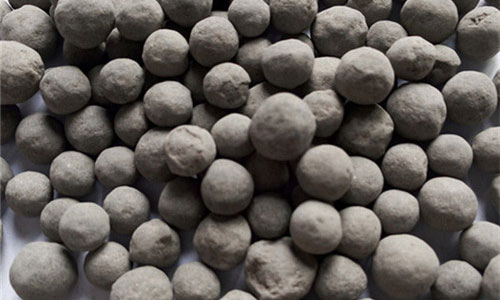 |
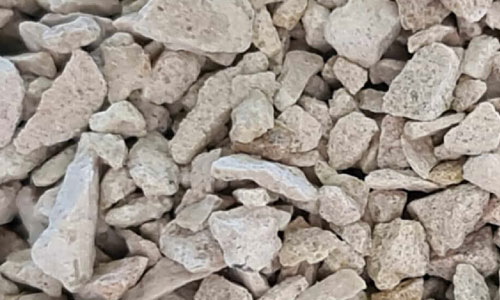 |
| Pharmaceutical pellets are agglomerates having a narrower size distribution i.e. between 0.5 to 2.0 mm. | Granules typically have a size distribution between 0.1 to 2.0 mm. |
| These have low porosity about 10%. | Granules have high porosity falling between 20-50%. |
| Pharmaceutical pellets are mainly manufactured as controlled release, site specific delivery system. | Granules are most commonly used as immediate release dosage form. |
| They have smooth surface, better appearance and improved flow properties. | As compared to pellets granules have somewhat rougher surface. |
| Pelletization produces less fines. | Granulation can produce more fines. |
4.How are pharmaceutical pellets formed? Stages of pelletization.
Based on experiments and speculations different theories have been proposed for formation and growth of pellets.
Scientists have speculated three different stages in pellet formation namely nucleation, transition and ball growth. Based on experiments the second and the third stages are further divided into coalescence, layering and abrasion transfer respectively.
Nucleation
Nucleation or nuclei formation is the phase in which the powdered material is exposed to water. The moisture brings particles closer activating intermolecular binding forces and generating a three-phase system i.e. powder-air-water held by water bridges. Nucleation as well as particle size depend on content of water, physical properties of powder and the rate of tumbling and drying.
Coalescence and layering
The transition phase is divided in to coalescence and layering. In coalescence the nuclei in the presence of moisture randomly collide with each other forming larger particles. During this stage the number of nuclei decreases without affecting total mass of the system.
Layering sets in when the system is disturbed with the addition of fine powder, drug dissolved in solvent or fragments. The added materials adhere to the nuclei thereby increasing the total mass of the system without any change in the number of particles.
Abrasion transfer
The last and final stage in pellet formation is the ball growth phase which is reached when number of collisions between the nuclei is reduced. The principle involved in this stage is abrasion transfer. This phase is known by transfer of material from one nucleus to another without any preferences and in any direction.
The above three steps are the proposed mechanism or stages that particles undergo before their transformation to pharmaceutical pellets.
5.Excipients used in formulation of pellets.
Pharmaceutical dosage form can be bifurcated into API’s that produce pharmacological and therapeutic action and multiple excipient that aid manufacturing processes, enhance patients’ compliance and / or provide stability to the product.
Excipient involved in the manufacturing pharmaceutical pellets include following;
Binders
Binders also known as adhesives are added to any formulation to promote granulation or in this case pelletization by forming liquid bridges. Binders in solution form is most commonly use system in pellet formation. Most common binders that are used by pharmaceutical industry include cellulose derivatives, gelatin, PVP, glucose, sorbitol, starch etc.
Fillers
Also known as diluents, fillers provide bulk to the formulation when drug amount is insufficient. Fillers also improve flow of the powder and also increase cohesiveness. Most commonly used fillers are micro-crystalline cellulose, lactose, mannitol, starch etc.
Spheronizing promotors
As the name indicates these excipient enhance the formation of spheres and increase binding properties of the pellets required for pellet strength and integrity.
Plasticizers
Glycols, citrates, castor oils, phthalates etc. are used as plasticizers to improve the flexibility and flow of polymer, increase plasticity and softness of the material and reduce friction.
Lubricants
Lubricants such as talc, magnesium stearate reduce the friction during compression, ejection and smooth discharge of pellets.
Surfactants
Surfactants are rarely used in pelletization process to increase wettability of the liquid. Formulation including surfactants warrants justification for their use as in normal cases they weaken the liquid bridges between particles involved in pelletization.
Granulating fluids
This is one of the most crucial ingredients of pellets required for wetting of the powder. Granulating liquids can be aqueous, alcohols, hydro-alcohols, ethyl ether, acids etc. The term crucial indicates that even a little deviation in the required quantity of fluid can lead to overall failure of the process as granulating fluid confers plasticity and cohesiveness in order to facilitate pelletization.
pH modulators
These excipient enhance stability of the product for example enteric coating protects acid labile drugs, buffer systems promote dissolution at specific pH etc.
Release modifiers
By adding release modifiers to the core you can govern release profile of pellets. To increase drug release kinetics generally disintegrants, surfactants and water soluble excipient are added. On the contrary if inhibition of drug release kinetics is required hydrophobic substances, inorganic salts and water insoluble polymers are added to the core.
Flavoring, coloring and sweetening agents
These are excipient that increase patient compliance by masking specifically bad taste, improve appearance of the product, provide product identification and increase palatability.
6.What are various techniques that are used in pellet formulation?
There are various palletization techniques used in different industries to manufacture pellets; among these techniques the most commonly employed techniques in pharmaceutical industries are extrusion-spheronization and drug layering. Other techniques that are employed to a lesser extent in pharmaceutical pellet manufacturing include hot melt extrusion, compression, balling, globulation and cryopelletization.
Extrusion-Spheronization
Extrusion-spheronization is a compaction technique developed in 1960’s and involves three steps namely dry mixing, wetting and extrusion-spheronization that can produce round pellets of 1mm diameter. These steps are discussed in detail below;
Dry mixing: active ingredients and excipients are mixed to produce homogenous powder using any suitable mixer.
Wetting:wetting with appropriate solvent is done in a granulator to convert powder into a plastic mass using compaction processes utilized in wet mass granulation.
Extrusion-Spheronization: the third and final step is bifurcated into two sub-steps namely extrusion and spheronization.
The wet mass is converted to rod shaped particles in specialized units known as extruders by forcing (extruding) them through dies having uniform diameter.
Spheronization was first introduced in 1964 by Nakahara. In this step the rod-shaped particles are converted to spheres using spheronizer or marumerizer.
The spheres formed are than subjected to drying and screening to achieve pellets of required moisture content and size distribution.
Drug layering
The layer of active ingredients dissolved in solution/suspension or as dry powder is applied on nuclei that are inert in nature in conventional coating pans; which means drug layering can be divided into liquid layering and powder drug layering. In liquid layering the API’s are dissolved in binding solution where as in powder drug layering the binding solution is sprayed on nuclei before the application of dry powder.
Hot melt extrusion
It is an upgraded version of extrusion-spheronization technique where pellets are formed without wetting of powder. Hot melt extrusion has removed the stability issues of powder associated with conventional technique since this process is carried out in the absence of water. In hot melt extrusion powder is melted, shaped and solidified into pellets.
Compression
It is also a compaction technique where pellets of various sizes and shapes are formed under constant pressure. The factors influencing pellet formation in compression techniques are similar to those involved in tablet manufacturing.
Balling
In balling technique fine particles in the presence of appropriate amount of solvent are converted to pellets by continuous rolling and tumbling action.
Globulation
This technique of pellet formation is further divided into two techniques known as spray drying and spray congealing.
Spray drying: the active ingredient or drug is dissolved or suspended in a suitable solvent which is then introduced in an equipment known as spray dryer that sprays the liquid as vapors in a heated container readily converting solute or drug into spherical solid (pellets) with the evaporation or vaporization of moisture.
Spray congealing: This technique is used for both immediate release and sustained release formulations. In this process the drug is dissolved or dispersed in molten wax, gum or fatty acids and sprayed into a heated air chamber set below melting point of ingredients forming congealed pellets.
Cryopelletization
The solvent containing drug product is frozen in a cryogenic fluid such as liquid nitrogen and then subjected to freeze drying. Complete removal of solvent promotes pellet formation. This technique is ideal for heat sensitive materials that cannot be put through spray dried, extrusion-spheronization or other related techniques.
7.Equipment involved in pelletization.
Pelletization is a complex process involving several equipment and stages. Few instruments that carry out pelletization steps are discussed below:
| Millers | These are employed in the dry mixing of powders (drug and excipient) for obtaining uniformly blended powder mixture. | 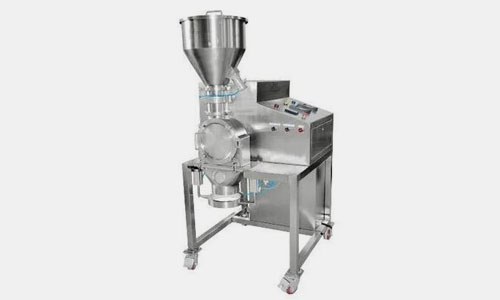 |
| Granulators | Wet massing of powders is achieved in granulators. These are used for binding liquids and blended powders to form wet plastic mass for excursion process. | 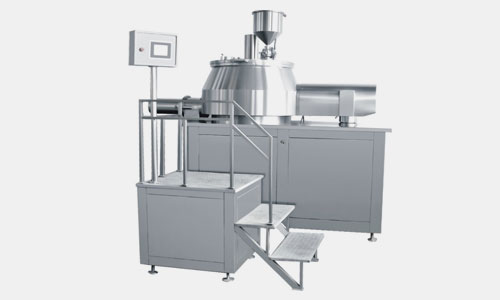 |
| Extruders | These machines transform wet mass into rod shaped particles (extrudate). The plastic mass is compressed via die tooling and fashioned into cylindrical particles. | 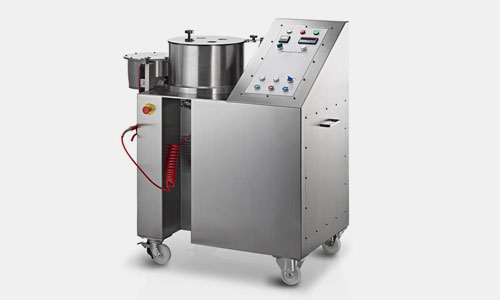 |
| Spheronizer | It is also referred to as marumerizer. This machine has immobile cylinder and grooved frictional plate for dividing extrudates into small sized cylinders of same length and width. Spheronizers create small spheres or pellets while rotating at high velocity. | 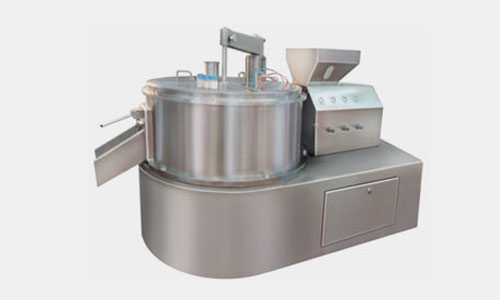 |
| Dryer | These equipment are used for drying excess liquid material in order to achieve required moisture content in pellets. | 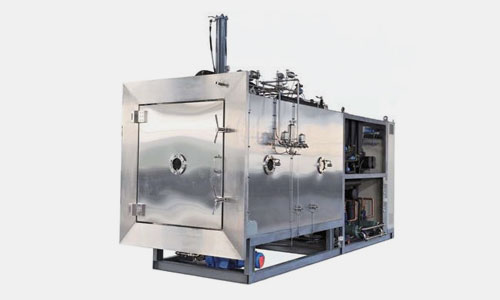 |
| Sieves | Larger sized pellets are removed by sieves through sieve holes in order to have right sized pellets. | 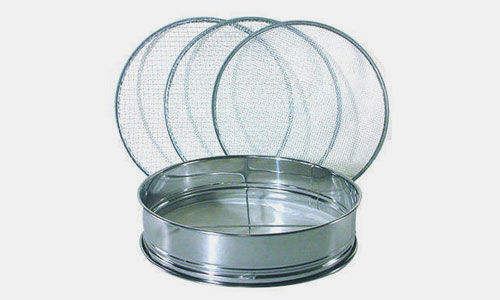 |
| Fluid Bed Dryer | They are top spray coater involved in pelletization by layering of active materials onto nonreactive cores. These spray the pellets with active ingredients and dry them at the same time. | 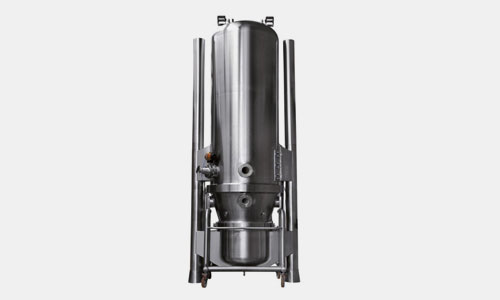 |
8.Can pellets be coated? Types of pellets with respect to pharmaceutical coating.
The pharmaceutical pellets are coated with layer of coating polymer. The coating material is misted on moving pellet bed while heat is applied for evaporating surplus solution.
Coating is done to disguise the bitter taste of pellets, enhance their appearance, increase acceptance by patients and prolong dosing time.
Some kinds of pellets with respect to pharmaceutical coating are penned below:
Seal Coated Pellets
These pellets have their inner core coated with polymers to stop them from absorbing moisture content. These pellets are hard and are dusted with powders to avoid sticking with other pellets and with walls of pelletizing equipment.
Film Coated Pellets
They are smeared with thin layer of solution comprising of absorbents, coloring agents, plasticizers, binders etc. The film layer is applied to rotating pellets followed by drying.
These are subdivided into two categories.
Immediate Release Pellets
They have large surface area aiding in their fast dissolution therefore these pellets are absorbed rapidly via digestive tract providing instant action.
Modified Release Pellets
These are further grouped into two types:
Enteric Release Pellets: These kinds of pellets have protective barrier that stop their dissolution in stomach acidic environment. They are relatively stable at low pH consequently breaking apart in small intestine alkaline pH.
Extended Release Pellets: The pellets that release their core drug gradually and constantly in blood stream are known as extended release pellets. These have drawn out effect spanning for longer time than immediate release pellets.
9.Different parameters that are used to evaluate pellets.
It is of utmost important to perform quality evaluation of any product especially those that are used for human consumption. To check whether the quality of pellets is up to mark a number of non-instrumental as well as instrumental techniques can be used. Pharmaceutical pellets are usually assessed on:
Pellet size
Pellet size is important for kinetics of the medicine incorporated within the formulation. Non-uniform particle size distribution (PSD) of pellets will lead to improper release of drug moiety that is why PSD is controlled by proper sieving methods which can be done manually or using sieve shakers
Shape
Pellets are ought to be spherical or have near to sphere geometry. In order to test the shape of pellets visual inspection by light microscope or calculating angle of repose of the product is conducted.
Friability and hardness
Friability and hardness are two opposite physical properties that measure strength of material. Friability is disposition of material to collapse where as hardness of a material is its resistance to deformation. Both properties are critical in determining structural integrity of pellets. Commonly used equipment for measuring friability and hardness of pellets are friabilator and hardness tester respectively.
Porosity
When it comes to release kinetics of granules porosity is also a potential influencer. To measure porosity there are many techniques and instruments such as gas sorption, liquid intrusion, microscopy, mercury porosimetry etc.
Disintegration
Disintegration of pellets can be performed using USP dissolution apparatus 3 and or specially designed disintegration apparatus.
Dissolution
Dissolution studies are conducted to compare release profile of reference and test products in order to confirm bioavailability. USP apparatus 1 and 2 are used to conduct dissolution studies for pharmaceutical pellets.
Density
How well pellets will perform during filling and packaging operations is determined by their density. Pellets density is measured by solvent displacement method, automated tapper and pycnometer.
10.Advantages of pharmaceutical pellets over conventional dosage forms.
Pharmaceutical pellets have come a long way from their first inception in 1950’s and technological advancement in manufacturing processes has led to many advantages of pellets over other conventional dosage forms.
| Advantage | Description |
| Flowability | Due to their near to spheroid shape pellets have better flow properties as compared to other dosage forms. |
| Reduced disintegration time (DT) | Pellets have increased surface area and with increased surface area you get reduced DT that is the reason why pellets are used in manufacturing of dispersible tablets. |
| Delayed release formulation | Not only pellets can be used for immediate release but they can be actually designed for delayed release formulations. |
| Accurate dosing | There is a reduce chance of dose dumping with pellets. |
| Formulation of incompatible API’s | API’s that are incompatible with one other due to different properties can be formulated as a single formulation by making pellets. |
Conclusion
Making of pellets is a complex process in theory but when it comes to actually manufacturing them, it is same as any other procedure of formulating an oral dosage form provided that you have up to date equipment and required expertise in handling operations. Aipak is China’s very best pharma turnkey solution provider and formulation expert. We are committed to our cause; our diligent customer care services work 24 hours 7 days a week. The takeaway is; at Aipak we provide both counselling and equipment including but not limited to formulation and manufacturing of pellets. Please feel free to contact us we will conjure up solutions for your problems. You can also check other machine related blogs on our website. See you soon!
Don't forget to share this post!
Granulator Machine Related Posts
Granulator Machine Related Products
Granulator Machine Related Videos
CONTACT US
Tell us your raw material and project budget to get quotations within 24 hours.
WhatsApp Us: +86 181 6426 8586

Want the best price & newest pharmaceutical machinery buying guide,tips and trends sent straightly to your box?Sign up for Aipak’s monthly newsletter,we’re free for your consultation and Offer you the most suitable solutions!
The Buyer's Guide
- Capsule Filling Buyer's Guide
- Blister Packaging Buyer's Guide
- Tablet Counting Buyer's Guide
- Tube Filling Buyer's Guide
- Cartoning Buyer's Guide
- Gummy Making Buyer's Guide
- CO2 Extraction Buyer's Guide
- Empty Capsules Buyer's Guide
- Suppository Filling Buyer's Guide
- Tablet Coating Buyer's Guide
- Tablet Press Buyer's Guide
- Softgel Encapsulation Buyer's Guide
Most Popular
- 7 Importance Of Pharmaceutical Packaging In Different Applications You Must Know
- 6 Advantages You Must Know About Tablet Counting Machine
- 8 Advantages of Blister Packaging You Must Know
- 6 Critical Applications of Automatic Capsule Filling Machine
- 6 Stations You must Know to Improve the Filling Quality of Automatic Capsule Filling Machine
